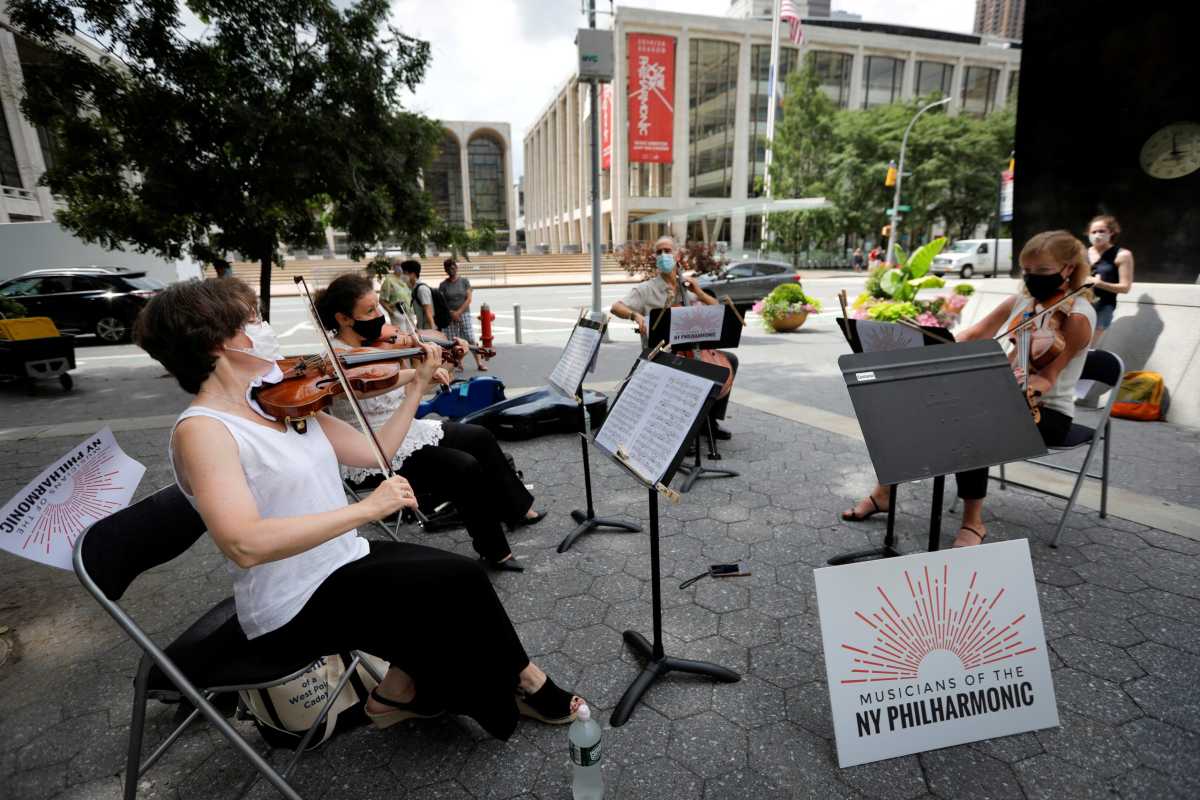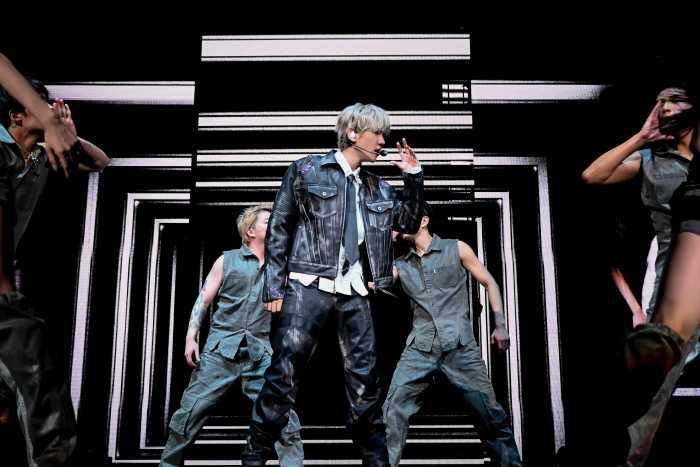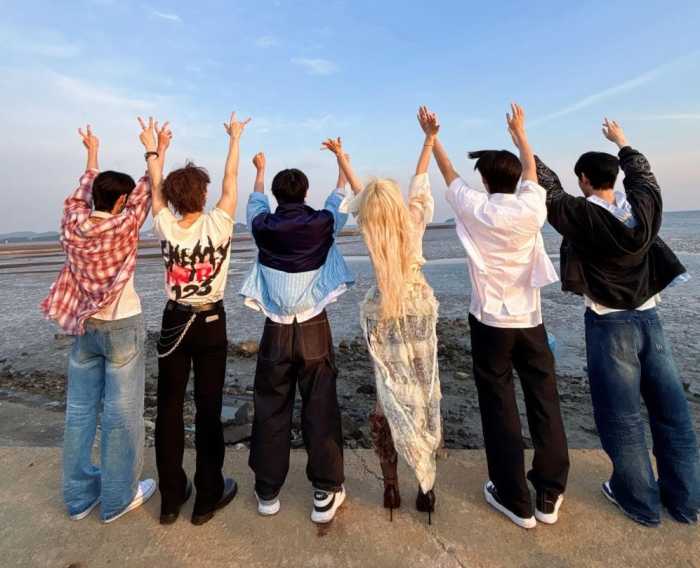BY KEITH POWERS AND JUSTIN KANTOR
Broadway, Carnegie Hall, and Lincoln Center sparkle as New York’s revered beacons of culture, but it’s the legendary independent music venues that round out New York City’s artistic identity as authentic. They form the beating heart behind the city’s sublime reign as the cultural capital of the world.
These special rooms incubate the artistic scenes and musical movements that have defined New York over the years. From punk rock to hip-hop, from indie rock to indie classical, these spaces create nurturing environments that enable local artists to put that indelible New York fingerprint on so many of the musical genres the world embraces.
These venues serve as a springboard for new music, provide a living for artists, and give New Yorkers a break from the everyday stress of the city if not a reason to love living. Their accessibility defines the neighborhoods New Yorkers choose to live in. And for many of us, the music in these venues has opened our minds to the people and perspectives around us.
In an essential capacity, independent music venues play an influential role in the city’s economy. Over 10,000 New York City musicians and performing groups rely on their stages as a primary source of income, and many more need these stages as a secondary income to sustain a living.
Citywide, venue owners have risked their life savings, paying approximately $1 billion in wages annually to passionate employees to let the music play. Whether it’s a part-time job or a full-time career, New Yorkers depend on income from these venues to pay rent.
But each venue’s impact extends well beyond its four walls.
Think about the hotels, restaurants, and other local business that benefit multiple times daily and nightly from the draw of these concerts. Many of these venues are decades-old tourist attractions, and the illustrious legacy of their brands enables them to sell more tickets to more shows. Theirs is a money-making power integrated deeply within a city neighborhood’s financial ecosystem. It’s something that a slew of new venues could never replicate.
Venues were the first business to shut down and will be the last businesses to reopen. After nearly six months of being closed, there is still continued uncertainty over when doors will open, when bands will resume touring, and the music will play again.
Reopening a music venue takes months of planning as venues need to book artists well in advance in order to promote their events. This means that getting the green light will far precede any cash flow.
Independent venues desperately need our help. Now is the time to step in and save them – and this city.
Congress’s Save Our Stages Act (S. 4258) offers hope. It would provide $10 billion in grants to independent music and entertainment venues throughout the country — from Lexington Avenue to Lexington, Kentucky. This would ensure that every venue in each state would remain open.
Without saving venues across the country, the logistics of touring becomes an impossibility for struggling artists. As our country continues to suffer from the devastation of COVID-19, it is Congress’ duty to return for their constituents and cities, to pass this and other critical legislation to keep us on our feet.
Locally, we can do more to help, as well. Stage Four, which was intended to focus on “Arts and Entertainment,” did not allow for performance venues to open. The uncertainty makes it impossible for planning.
The State should introduce parameters for Stages Five, Six, and onward, so that these overlooked cultural venues could at least have a timeline for reopening.
And New York City should continue to be creative in how it uses its space. If our artists and venues can’t use indoor space, then let’s give them ample opportunity to use outdoor space. Parks, open streets, and existing outdoor venues should be allowed to host smaller shows. With social distancing, limited capacity, and mandatory audience mask rules, these performances would have little ability to spread COVID-19 — as we have seen with outdoor dining.
With few revenue streams, artists with no crowds to play to, and employees who support these venues out of work, the scene is dire. Independent music and performance venues, the lifeblood of the New York cultural scene, will be unable to survive without our help.
The future is unwritten for the music business, but one thing is clear: it and this city will lose too much unless we save our stages.
Powers is a Council Member for the East Side of Manhattan, who grew up going to shows in the East Village. Kantor is the vice president and co-founder of the National Independent Venue Association (NIVA) and co-founder of (Le) Poisson Rouge in Greenwich Village.






































